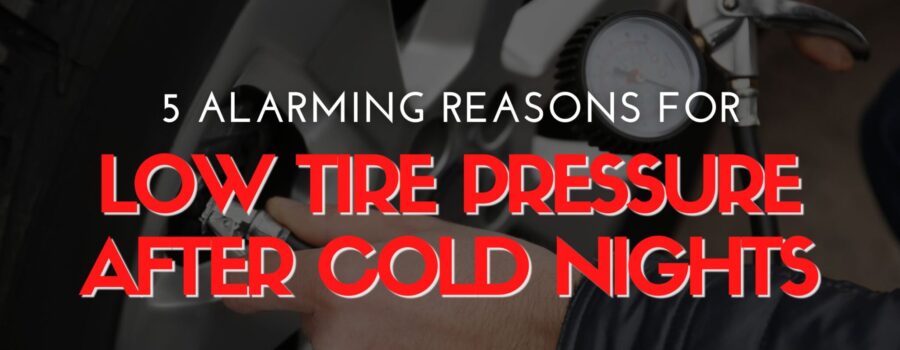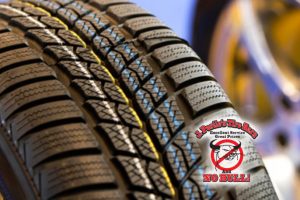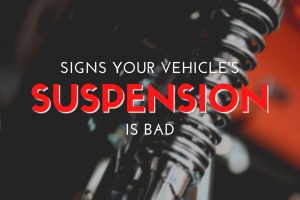5 Alarming Reasons for Low Tire Pressure After Cold Nights
If you’ve ever walked out to your vehicle on a chilly Tuscaloosa morning only to see the low tire pressure light glowing on your dashboard, you’re not alone—and you’re not necessarily dealing with a tire leak. Cold temperatures can cause a surprising drop in tire pressure, and understanding why this happens is key to keeping your tires safe, efficient, and long-lasting.
In this blog, we’ll explore why your tire pressure drops overnight in cold weather, what it means for your vehicle, and how to respond. Whether you’re driving on new or used tires, knowing what’s behind the PSI dip can help you avoid unnecessary wear and tear.
What Happens to Tire Pressure When It Gets Cold?
Tire pressure is heavily influenced by temperature. When the outside temperature drops, the air inside your tires contracts, resulting in lower pressure. This happens because the air molecules move more slowly and cluster together in colder environments, taking up less space.
On average, tire pressure drops by 1 PSI (pound per square inch) for every 10°F decrease in temperature. So, if the temperature plummets by 30 degrees overnight, your tires could lose 3 PSI or more.
While this doesn’t mean your tire is punctured, driving on underinflated tires—even slightly—can cause poor performance and increased wear.
Why It’s a Bigger Problem Than You Think
Driving on tires with low pressure might seem like a minor issue, but it can quickly lead to major problems:
- Reduced fuel efficiency – Underinflated tires increase rolling resistance, forcing your engine to work harder.
- Uneven tread wear – Low pressure causes tires to wear more on the edges, shortening tire life.
- Poor handling and braking – Lower pressure affects traction and stability, especially on wet or icy roads.
- Increased risk of blowouts – More surface contact and heat build-up can weaken the tire structure.
- TPMS sensor issues – Your Tire Pressure Monitoring System (TPMS) could be alerting you every morning.
Ignoring low tire pressure is never a good idea—especially during the colder months in Alabama, when nighttime temps can drop sharply even after a mild day.
What You Should Do If Your Tire Pressure Drops Overnight
If your TPMS light turns on after a cold night, take these steps before heading out:
- Check your tire pressure manually.
Don’t rely solely on the dashboard light. Use a reliable tire pressure gauge to measure PSI in all four tires. Compare the readings to your vehicle manufacturer’s recommended PSI (usually found inside the driver’s door). - Inflate your tires if needed.
If they’re low, top them off at a local air station or stop by a tire shop like Postle Tire Barn for help. Keeping your tires properly inflated ensures safety and performance—even if the air leaks out again overnight. - Keep an eye on it over a few days.
If your pressure keeps dropping, especially in one tire, you may have a slow leak or puncture—not just a reaction to the cold. - Consider nitrogen inflation.
Some drivers opt for nitrogen instead of regular air. Nitrogen expands and contracts less with temperature changes, reducing pressure fluctuations.
Why Some Tires Lose More Pressure Than Others
Not all tires react the same to cold. Older tires, those with small punctures, or those that have been improperly repaired are more susceptible to losing air overnight. Tires made from softer rubber compounds (often performance or all-season tires) may also lose pressure more quickly in cold weather.
Additionally, tires that are already underinflated are more vulnerable to further pressure drops—creating a dangerous snowball effect during winter or fall cold snaps.
How to Prevent Tire Pressure Issues in Cold Weather
Here are a few proactive ways to protect your tires and avoid those early morning surprises:
- Check tire pressure weekly during the colder months
- Store a quality tire gauge in your glovebox or trunk
- Visit your local tire shop for free pressure checks (many offer this service)
- Have your tires inspected for leaks, dry rot, or worn valve stems
- Avoid over-inflation, which can also reduce tire performance
Proactive tire maintenance can prevent uneven wear, blowouts, and expensive repairs—plus help you get better gas mileage and smoother rides year-round.
Is It Safe to Drive With Low Tire Pressure?
In short: No.
Even if the PSI is only a few pounds below the recommended level, low pressure increases the chances of:
- Hydroplaning
- Skidding in turns
- Longer stopping distances
- Blowouts at high speeds
If your TPMS warning is on and you’re not sure how severe the drop is, it’s best to pull over and check—or head straight to a nearby tire shop for help.
Frequently Asked Questions About Cold Tire Pressure
Why does my tire pressure light come on every morning in winter?
Because air contracts in the cold, your tire pressure drops overnight. If the temps rise during the day, the light may turn off—but your tires are still fluctuating in PSI, which isn’t ideal.
Is this a sign of a flat tire or leak?
Not always. A consistent overnight drop in all tires is typically a temperature-related issue. If only one tire is affected or the pressure keeps dropping daily, it may be a slow leak.
What PSI should I aim for in cold weather?
Stick to your vehicle manufacturer’s recommendation—not what’s printed on the tire sidewall. In cold weather, check your tires when they’re cold (before driving) for an accurate PSI reading.
Will the TPMS reset on its own?
Sometimes. Once the tires warm up and pressure returns to normal, the warning light may go off. If it stays on or keeps reappearing, it’s worth getting checked out.
Can I overinflate my tires to compensate for the cold?
Overinflating is just as dangerous as underinflating. Instead, regularly check and maintain proper PSI for safe driving.
Contact Us
Postle Tire Barn has been serving the tire and automotive needs of the Tuscaloosa and West Alabama area for more than 40 years. When it comes time to buy new tires, or a good set of used tires, we’re the ones to know.
Give us a call at 205-391-0062 or email us at [email protected]. Our team can check your tire pressure, inspect for leaks, and help you prepare your vehicle for cold-weather driving—without the guesswork.





Leave a Reply
Your email is safe with us.